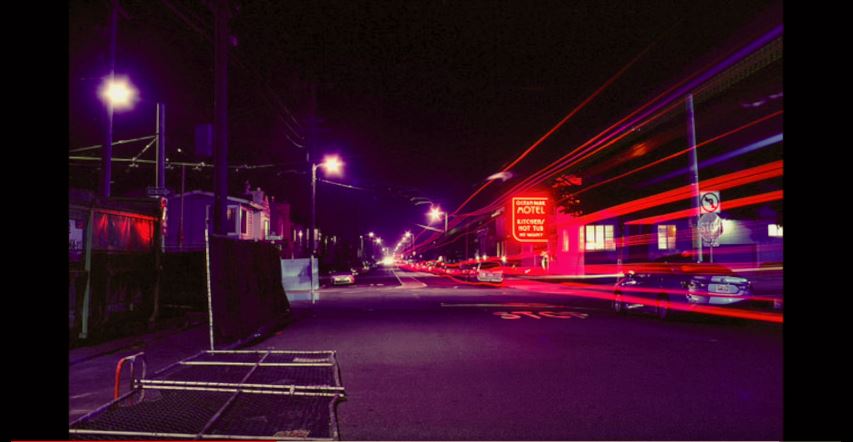Last Updated on 01/17/2018 by Mark Beckenbach
Want to play with some new films?
Experimentation is definitely one of the best things about shooting with film. If you’re already bored of shooting with the same film stocks over and over, the folks of the Film Photography Project have rounded up some unique and ultra cool emulsions to spice up your analog adventures today.
5. Lomochrome Purple XR 100 – 400
A firm favorite of the experiment-loving Lomography community, this film reproduces the surreal purple look of color infrared film but without the need for special handling and filters. The best part about this film? You just take it to your favorite lab for regular C41 processing!
4. Eastman High-Contrast 5363
Originally used for title work in motion pictures, this contrasty black and white film also works great for still photography. This blue-sensitive film is best used in daylight or flash photography for punchy and sharp black and white images.
3. Kodak Low Speed 2254
How low can you go? Apparently, ISO 1.6, as far as this film is concerned. This super low-speed C41 film was originally used as a copy film for motion pictures, but also works great for long exposures, especially for landscape photography and daylight photography. Needless to say, a tripod and cable release are a must when shooting with this film!
2. Svema Color 125
Fancy some rare Russian emulsion? This C41 film has no Japanese or North American counterpart with has a vibrant look and color palette all its own. It’s certainly no rebranded Fujifilm and Kodak film, so it would be interesting to use to give your shots a somewhat Russian look.
1. Kodak Vision 3
Topping the Film Photography Project’s list is the Kodak Vision 3 motion picture film, which comes in three sensitivities: Daylight 50D, 250D, and Tungsten 500T. According to FFP, Kodak Ektar is probably the only film that comes close to this vibrant, true color emulsion. This film stock is also a favorite of many filmmakers, and was used in some Hollywood blockbusters such as Casino Royale, The Hateful Eight, Star Wars, and Martin Scorsese’s masterpieces. There’s one catch: you have to bring this film to a lab that can process ECN-2 because of the remjet layer. But if you develop and scan your own films, you can process this at home with a C-41 kit. More info on where and how to process Kodak Vision 3 films can be found here.
Don’t forget to check out the Film Photography Project website and subscribe to their YouTube channel for more film photography tips and tricks!
Screenshot taken from the video



